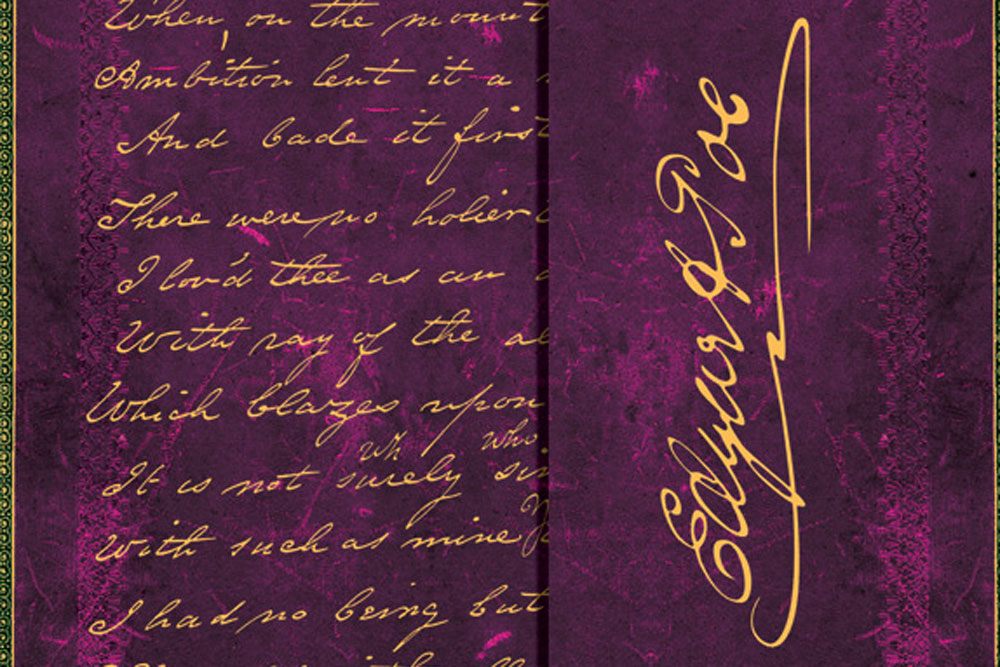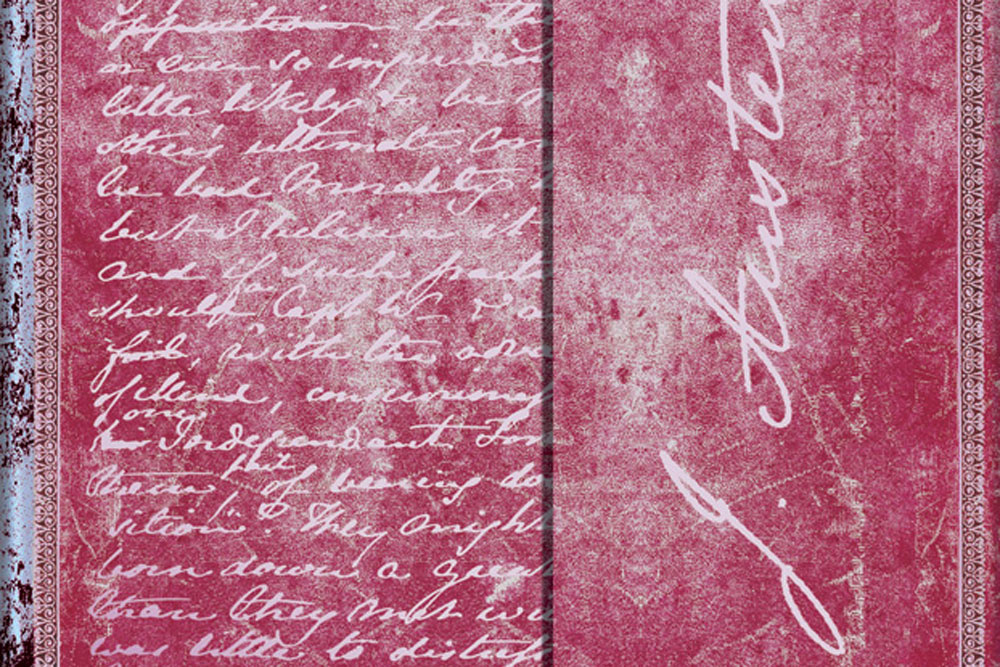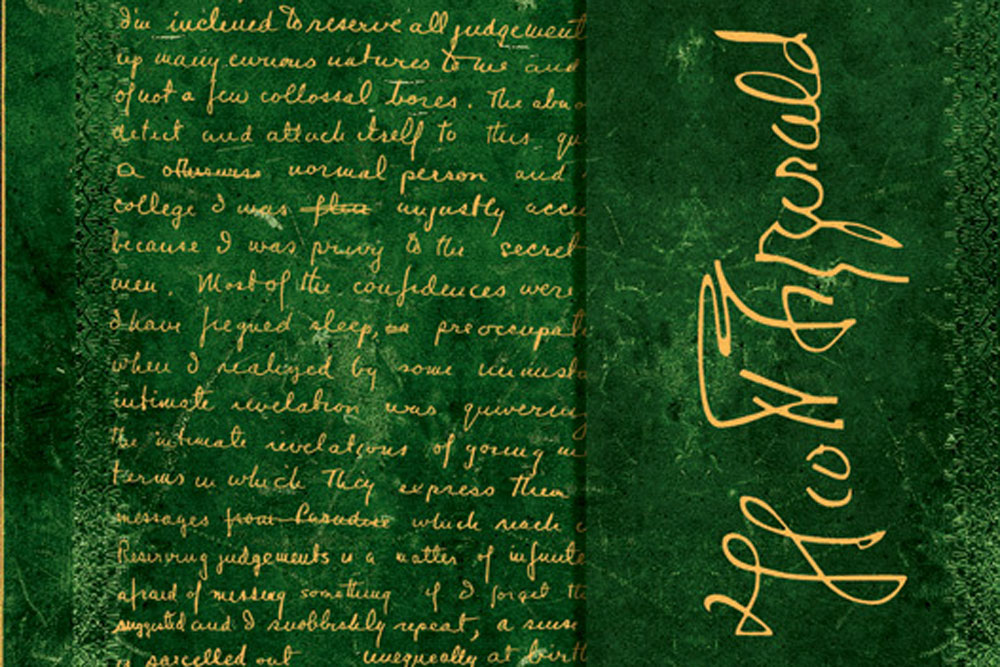Happy birthday, John Hancock!
Every year, January 23rd is celebrated in the United States as National Handwriting Day, in honour of the birthday of John Hancock, the first signatory of the Declaration of Independence. Handwriting Day has been taken up as an international cause by those who celebrate the underappreciated art of writing by hand, whether that be classic cursive, calligraphy or simply writing a letter rather than typing an email.
In a previous Writing Wednesday we looked at the science of graphology, which is the study and analysis of handwriting samples. Graphologists believe that the subtleties of a person’s handwriting can give away his or her personality traits and possible psychological issues. So, for this year’s Handwriting Day we thought we would apply these findings to the handwritten drafts of some of our favourite authors.
Edgar Allan Poe
Though Poe was known to be a heavy drinker while writing, his disciplined and easy-to-read spacing here indicates a strong level of control in his life.
Upper and Lower Zones
Poe takes advantage of all zones in his handwriting, with his letters extending from and returning to the baseline with flourish and consistency. Stretching with pointed, narrow loops into the upper zone, as Poe does, indicates sharp intellectual curiosity. His long lower zone extensions are less uniform, suggesting some unsettled emotional trauma (perhaps losing his parents at a young age?).
Jane Austen
Middle Zone
Austen’s letters are generally quite narrow, yet she leaves a large amount of room between each one, suggesting she herself valued personal space.
Angles
Her letters, all slanting to the right, are narrow and quite sharp, especially in the lower zone. This indicates a steadfastness in her spirit, meaning she was likely a good friend, an intent listener and easy to get along with.
T Crosses
The lines through her lowercase “t”s are quite long, which seems to be a place where she had some fun in her handwriting, suggesting she enjoyed breaking down social barriers and boundaries.
F. Scott Fitzgerald
Fitzgerald leans toward using garlands (the soft “u” shaped link, closed on the bottom and open at the top, connecting letters), suggesting he was a people person and more of a “feeler” than a “thinker.”
Upper Zone Crosses
In this handwriting sample there are not many examples of upper zone crosses, but the ones we do have vary greatly. Look at his signature, for example, to see the two different “F” styles he employed. The upper zone is believed to be the area representing curiosity and philosophical intellect, so Fitzgerald’s creativity here is representative of his writing and artistic style.
Interested in Learning More?
Check out this great piece put together by 1stDibs, where they look a look at the signatures of twelve other famous artists to see what graphology can tell us.
Animations courtesy of 1stDibs.










This is so fascinating! Especially how you applied it to the writers of some of your gorgeous embellished manuscript covers 🙂 I also heard that when you write on lined paper and your letters are far above the line this indicates vanity (not sure if this is true) which would make me exceptionally vain haha 😉 Now I’m tempted to read up more on this and apply it to my personal fave authors! 🙂
Hi Connie,
We have heard that, too! There are so many different variables that can be studied when it comes to handwriting, and we have only looked at a few here. Let us know what you find out if you end up analysing the handwriting of any other authors!
Best,
The Paperblanks® Team